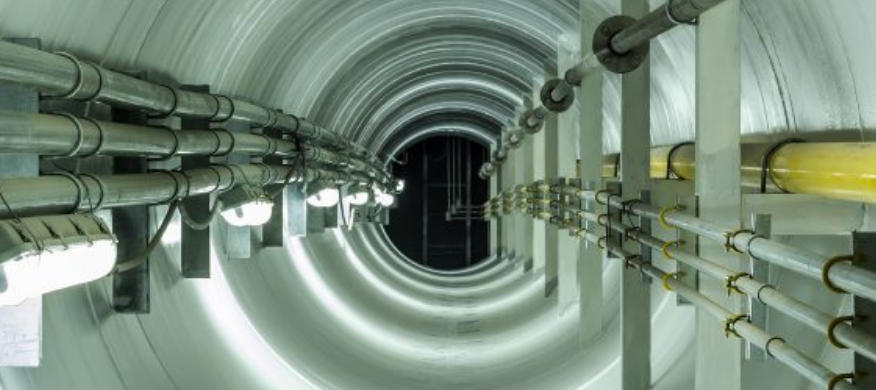 The underground power cable system of key distribution feeders bears high electrical, thermal, and mechanical stresses. This pressure can affect the load transmission capacity, often limited by hotspots that may “damage” power cables, leading to reduced productivity, cable failures, and expensive downtime. By continuously monitoring the power cable infrastructure through a distributed fiber optic temperature measurement system, productivity has been optimized, maintenance costs and downtime have been reduced.
The underground power cable system of key distribution feeders bears high electrical, thermal, and mechanical stresses. This pressure can affect the load transmission capacity, often limited by hotspots that may “damage” power cables, leading to reduced productivity, cable failures, and expensive downtime. By continuously monitoring the power cable infrastructure through a distributed fiber optic temperature measurement system, productivity has been optimized, maintenance costs and downtime have been reduced.
At our feet, in most major cities, countless cables and power equipment support our daily lives. This power transmission system provides the highest possible reliability, but it also poses a challenge for monitoring.
For the power system to switch to a smart grid, real-time online temperature monitoring of underground distribution cables has become an urgent task. Fodd bynnag, this type of monitoring used to be expensive and related to malfunctions.
Temperature is a parameter that limits the transmission capacity of cables, especially underground networks that are susceptible to thermal resistance, adjacent cables, and other heat dissipation sources. Felly, measuring temperature to detect hotspots is more important.
With years of knowledge and extensive experience in numerous well-known projects, the distributed fiber optic temperature measurement system solution will provide cost-effective temperature monitoring to ensure the safe operation of any underground network at all times.
Distributed fiber optic temperature measurement is a powerful and accurate underground network temperature monitoring solution
With enhanced visualization software and flexible direct connection to the management system, the system fesur tymheredd ffibr optig dosbarthedig solution can quickly and easily outline the thermal state of the circuit. The distributed fiber optic temperature measurement system can accommodate up to 16 sianeli, allowing a unit to cover complex infrastructure while maintaining high accuracy and flexibility by defining areas, alarm levels, and types.
Using distributed temperature sensing (DTS), it is very sturdy and reliable – even in dirty or dusty environments. The system sensing cable has no electrical components and has a long expected lifespan. The optical fiber can be kept underground for many years without maintenance.
The embedded conductor temperature and real-time temperature rating engine calculates the current interference capacity under given conditions of underground cables, which will allow operators to perform transient simulations to estimate the current that can be safely transmitted from another circuit. Yn ychwanegol, the engine can be used for emergency ratings ranging from 10 minutes to 2000 hours.
Synhwyrydd tymheredd optig ffibr, System fonitro ddeallus, Gwneuthurwr ffibr optig Dosbarthedig yn Tsieina
 |
 |
 |
 Synwyryddion tymheredd optig ffibr INNO ,Systemau monitro tymheredd.
Synwyryddion tymheredd optig ffibr INNO ,Systemau monitro tymheredd.
